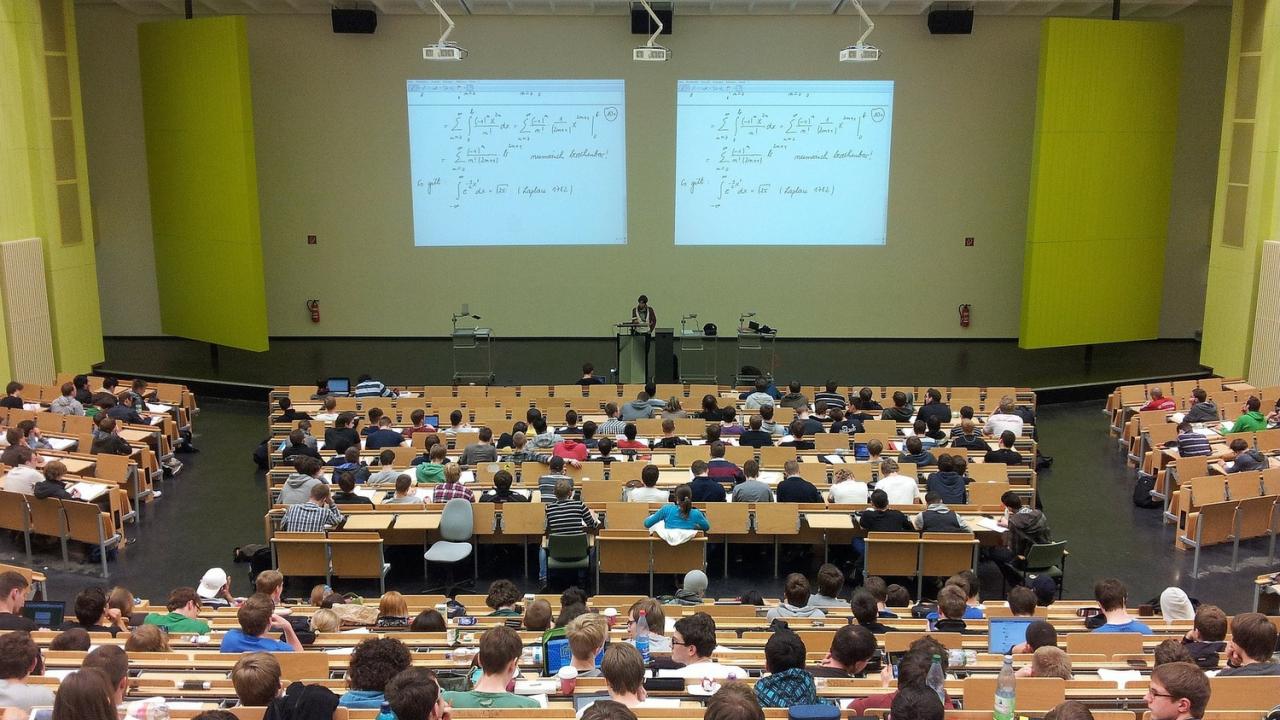
Food Insecurity on College Campuses
Universities may be overlooking food insecurity as a major deterrent to their students’ academic success. While hunger has been considered a problem mainly at two year colleges or state universities, surveys of schools now suggest that an estimated 20% to 33% of students at four year colleges experience food insecurity. And when students are hungry, their educational attainment is significantly affected.
Food insecurity is experienced by 12.3% of U.S. households and is defined by the USDA as a household-level economic and social condition of limited or uncertain access to adequate food. Of the estimated 17.5 million undergraduates in America, 15% are enrolled in four-year colleges and live on campus, while 25% are over the age of 30, and 43% attend two-year institutions. Student loan debt in America totals $1.4 trillion and low-income students are more likely to drop out of college for financial reasons, such as not having the funds to cover costly living expenses associated with student life including books, supplies, transportation, health care, clothes, housing and food. Many students consider food to be their most flexible expenditure when determining where to cut expenses, which may be contributing to the alarming rates of food insecurity across college campuses in the United States today.
Research shows that food insecurity among students occurs at both two-year and four-year institutions. The 2016 Hunger on Campus Report surveyed 3,765 community college students and found that 25% reported experiencing very low food security, compared to 20% at four-year schools...
To read the full article by Susan Blumenthal, M.D. and Christina Chu, visit Thrive Global.